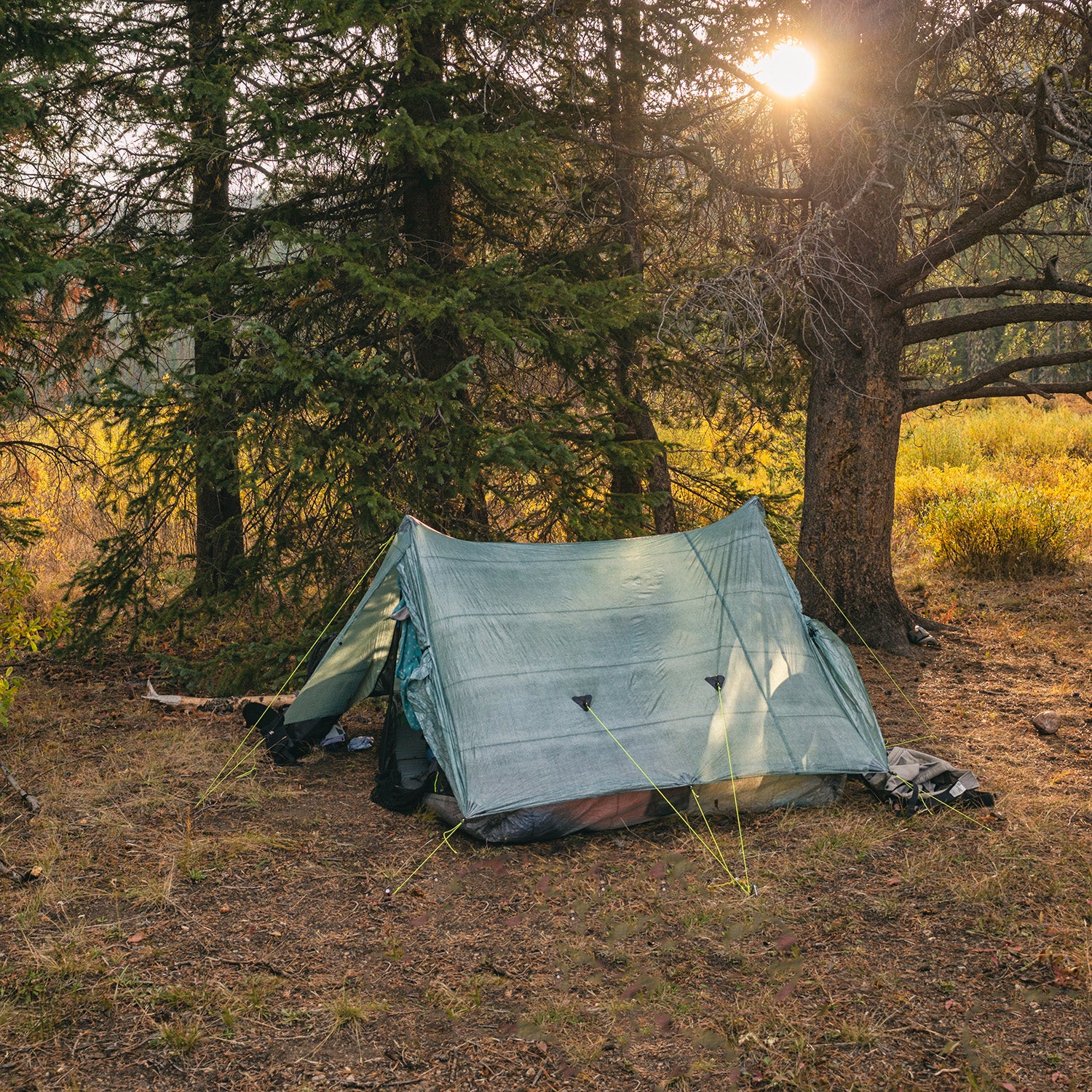There’s a common misconception that ultralight backpacking is only for experienced hikers. Maybe that’s because people assume lightweight gear is , with the potential to leave you hamstrung and cold. Maybe it’s due to the hefty price tags for some ultralight gear, which leads people to assume it’s only for obsessives. Or maybe it’s just that the discourse and culture around ultralight backpacking can be, well, a bit pompous and overbearing at times. But going ultralight isn’t just for those who have logged thousands of miles and climbed hundreds of peaks. It’s for everyone, including people who are just getting started backpacking. In fact, if you’re putting together your first backpacking gear list, there’s no better time to consider jumping in.
Firstly, and most importantly, backpacking gear can be expensive. If you’re outfitting yourself with big-ticket items like a tent, sleeping bag, and backpack, the combined price could easily land close to a thousand dollars. Those are likely purchases you’ll only want to make once every decade or so, and if you’re interested in ultralight backpacking, you won’t be satisfied with heavier, more traditional gear for very long. Once you’ve purchased said gear, it will become harder to convince yourself to swap out items for a lighter option. (You can, of course, always rent gear or buy used if you’re still not sure you’ve got the backpacking bug). If you already have a perfectly serviceable sleeping bag that weighs four pounds, would you be willing to spend more for a two-pound replacement? It’s easier—and cheaper—to buy the bag you really want in the first place.
Contrary to popular belief, ultralight backpacking isn’t all that difficult. Sure, more carefully if you’re carrying an ultralight load, like campsite selection and weather conditions, but ultralight hiking isn’t mountaineering or BASE jumping. Of course, you’ll continue to learn best practices on every trip you take, but the basics of ultralight don’t take that long to master. If you’re planning to upgrade your kit once you get more hiking and camping experience, why wait? That day will probably arrive sooner than you think.
Lastly, ultralight gear is better and more capable than ever. Ten or twenty years ago, a ten-pound baseweight (often considered the cutoff for ultralight backpacking) required serious compromises, which left most backpackers uncomfortable. Today, it’s a different game. . Single-wall tents and tarps have long been the domain of ultralighters. These shelters are far and away the lightest available option, but require compromise when it comes to weather protection and condensation. But modern double-wall tents have changed the equation. The or might not be the lightest options out there, but both are very capable double-wall shelters that would easily qualify for an ultralight setup.
The same holds true for packs—modern internal-frame packs are so capable and well-engineered that even affordable options from big name brands, like the , are essentially ultralight. Sure, the Focal isn’t as svelte as offerings from ultralight cottage brands like Mountain Laurel Designs or LiteAF, but at 2.5 pounds, it’s no heavyweight either. The examples don’t end there either. From sleeping pads to water filters and beyond, there’s an ultralight choice to be had that functions well and requires little in the way of compromise.
The fact is, it’s never been easier to hit that 10-pound baseweight and go ultralight. In past decades, it took hours of research and surfing boutique online stores. Today, you can accomplish it in a single afternoon at REI. What’s more, a modern ultralight setup is more or less functionally identical to what everyone else is carrying. You’ll still sleep warm and dry. You can still filter water and cook dinner in just a few minutes. You can still—if you wish to—bring along a camp chair. There are of those now, too. The main difference? Your pack will be lighter, your back will be happier, and the miles will feel easier. That’s no small thing.


